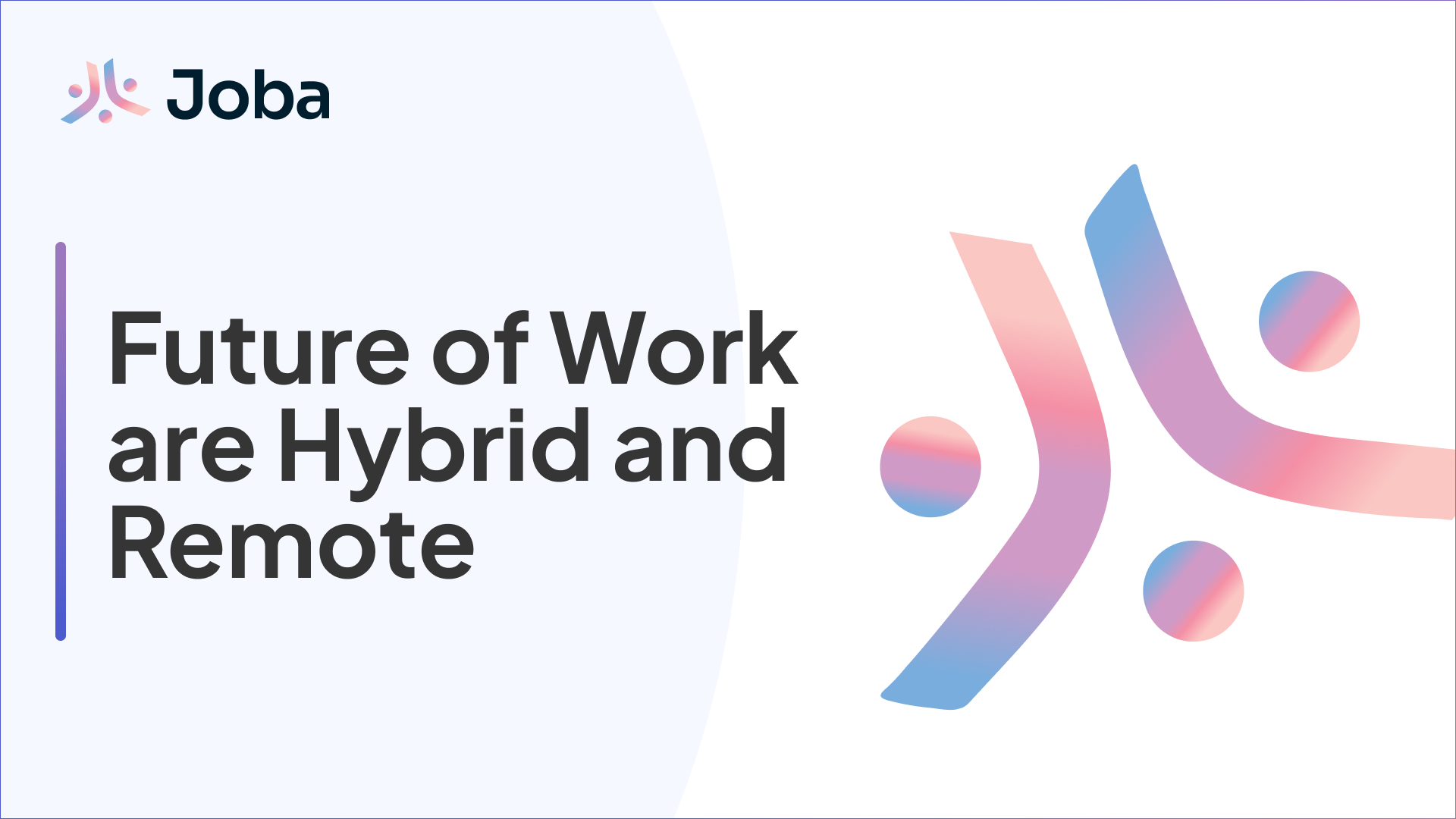From Hybrid to Remote Working: What to Expect in the Future of Working

The landscape of work is undergoing a profound transformation. With the advent of technology, the concept of traditional office spaces has evolved into a more flexible, adaptable model. The COVID-19 pandemic further accelerated these changes, pushing companies to embrace remote and hybrid work arrangements. As we look ahead, it's crucial to understand the dynamics of this shifting paradigm and what the future of working holds for employees and employers alike.
The Evolution of Workspaces
1. Traditional Offices vs. Remote Work
The traditional office model, characterized by 9-to-5 schedules and physical presence, is no longer the norm. Remote work, once considered an exception, is now a viable option for many professionals. This shift has given rise to the hybrid work model, where employees split their time between office and remote locations.
2. Technology as the Enabler
Advancements in technology, especially in communication and collaboration tools, have made remote work seamless. Cloud computing, video conferencing, and project management software have become essential for remote and hybrid workforces.
3. The Impact of the Pandemic
The COVID-19 pandemic forced organizations to reevaluate their work arrangements. Lockdowns and safety concerns led to widespread adoption of remote work. Companies realized that it could be as productive, if not more so, than traditional in-office work.
The Benefits of Flexibility
1. Work-Life Balance
Remote and hybrid work models offer employees greater control over their work-life balance. The ability to choose when and where to work can reduce stress and improve well-being.
2. Access to a Global Talent Pool
Employers can tap into a global talent pool, no longer restricted by geographic limitations. This allows for a more diverse and skilled workforce.
3. Reduced Overheads
Companies can save on real estate costs, utilities, and office maintenance by downsizing physical office spaces. This can lead to increased profitability.
Challenges and Considerations
1. Isolation and Burnout
Remote workers may experience isolation and burnout due to the lack of in-person interactions and clear boundaries between work and personal life.
2. Security Concerns
Remote work can pose cybersecurity risks if not managed properly. Protecting sensitive data and maintaining secure connections is crucial.
3. Maintaining Company Culture
Building and maintaining a strong company culture can be challenging when employees are spread across different locations.
The Future of Working
As we navigate the evolving landscape of work, it's clear that remote and hybrid models are here to stay. The future of working will likely be a blend of in-office and remote collaboration, with a focus on flexibility, technology, and well-being.
In conclusion, the future of working is not about a single model but about adaptability. Companies that can embrace change, provide the right tools and support for their employees, and prioritize flexibility and well-being will thrive in this new era of work.
The key is to find the right balance that suits the needs of both employees and employers while harnessing the advantages of a dynamic and ever-evolving work environment. The future of working is indeed promising, as it opens up opportunities for innovation, growth, and a more fulfilling work-life experience.
Ready to embrace the future of work? Join Joba Network today and explore a world of opportunities tailored to your evolving career needs. Don't miss out on the chance to thrive in the new era of remote and hybrid work. Your next career move awaits.
Frequently asked questions
No, some industries like health care and manufacturing require physical presence. But many fields, especially in tech and marketing, are well-suited for remote work.
Not necessarily. Many remote jobs offer competitive salaries and benefits.
There are various job boards dedicated to remote work, such as We Work Remotely and Remote OK.
The key is to set a routine, create a dedicated workspace, and use productivity tools to stay on track.
Tools like Slack, Zoom, and Asana are invaluable for remote work, aiding in communication and project management.




